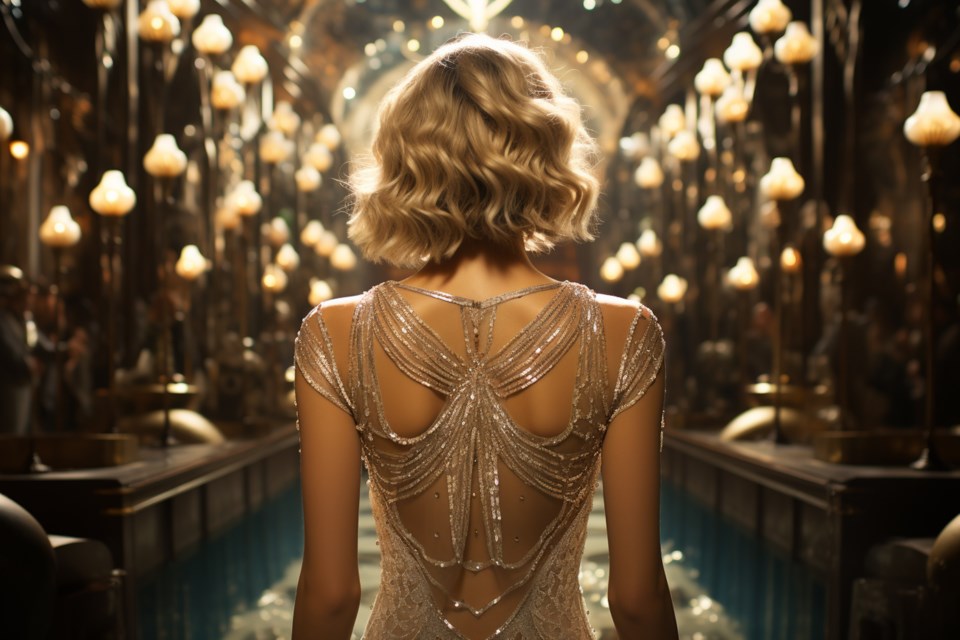Before the Kardashians came the Astors, Vanderbilts, and Rockefellers, and today’s influencers have nothing on them. At the end of the 1800s, these extremely wealthy Fifth Avenue families were making their fortunes in steel, shipping, and the railroad, and represented less than one percent of the population. To get an idea of the kind of money we’re talking about, John Astor who died on the Titanic was worth $87 million at the time of his death.
By today’s standards that’s approximately $2.6 billion US.
While so many were figuring out where their next meal was coming from, the wealthy were deciding which opera house to align with, and old money wouldn’t deign to mingle with the nouveau riche.
Oh, to be a fly on the wall during this time of glitz, glamour and gossip during turn-of-the-century New York. But because it would take another 100 years at least for reality tv to come along, we’ll have to make do with these literary accounts, which don’t leave much to the imagination anyway.
Astor: The Rise and Fall of an American Fortune: Anderson Cooper and Katherine Howe
Journalist and author Anderson Cooper is the son of Gloria Vanderbilt, so you know this historical biography is the real deal. Cooper and Howe’s intimate look at one of history’s most prominent families goes back to 1783 when John Jacob Astor first arrived in America. From humble beginnings in the beaver trapping trade, to real estate moguls, to defrauding their own family members, you can’t make this stuff up.
A Well-Behaved Woman: Therese Anne Fowler
William Vanderbilt is shunned by the New York elite for his “new money” lineage. Alva Smith and her family have nothing. The two marry with hopes of social climbing, but alas exclusion, rivalries and scandals ensue. Before long Alva learns that being married to one of the richest men in the world doesn’t buy happiness, and well-behaved women rarely make history. A pioneer in the suffrage movement and women’s rights, this novel paints a fascinating and vivid portrait of Alva Vanderbilt.
The Address: Fiona Davis
Long before John Lennon and Yoko made it their home, The Dakota was already NYC’s most notorious apartment building. In 1884 a chance meeting with the residences’ architect gave Sarah Smythe the opportunity of a lifetime. In 1984, the granddaughter of said architect was looking for opportunities of her own. In dual timelines taking place 100 years apart, set in New York’s Upper West Side, two women are linked in a tale of drama, mystery, sacrifice, and at the heart of it all, family.
American Eve: Paula Uruburu
Before she was even 16 years old, Evelyn Nesbit was the most photographed woman of the era.
Painters and photographers clamored to capture her image (you could say she was the original supermodel) and she used her earnings to climb out of poverty. When her jealous millionaire husband kills her renowned architect lover, she finds herself at the centre of the crime of the century. Not unlike today’s celebrity trials, this case played out in the courtroom and the court of public opinion and created a media frenzy. Though it sounds like the product of a creative mind, this novel is a work of non-fiction.
The Swans of Fifth Avenue: Melanie Benjamin
It’s been 50 years since the Gilded Age, but the Swans’ NYC lifestyle is just as lavish. The story revolves around the friendship between writer Truman Capote and socialite Babe Paley (the OG influencer and best dressed). What ensues is a fictionalized version of high society, over indulgence, and the ultimate betrayal. If cancel culture existed back then, Truman Capote would be first on the list.









